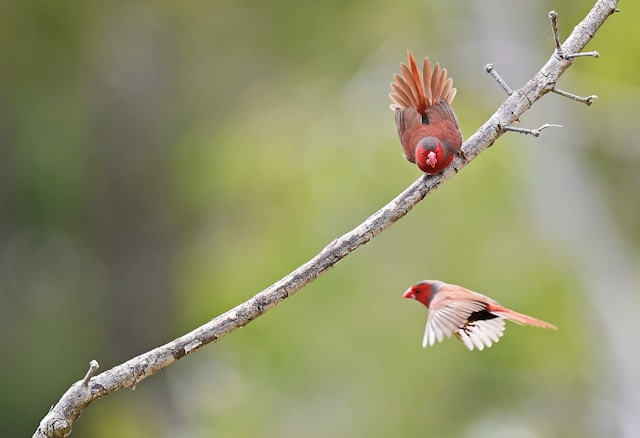Introduction
New Zealand has a rich history of conservation efforts focused on preserving its unique avian species, many of which faced the threat of extinction due to habitat loss, predation by introduced species, and other human-induced factors. Through dedicated conservation initiatives and collaborative efforts, several bird species have been successfully rescued from the brink of extinction. These success stories not only highlight the resilience of New Zealand’s birdlife but also underscore the importance of ongoing conservation efforts worldwide.
Main Content
- KākāpōThe kākāpō, also known as the owl parrot, is perhaps one of the most famous conservation success stories in New Zealand. Once on the verge of extinction with only 50 individuals remaining in the wild by the 1990s, intensive conservation efforts have seen its population steadily increase. Measures such as predator control, habitat restoration, and a successful breeding program have contributed to the species’ recovery. Today, the kākāpō population stands at over 200 individuals, marking a remarkable turnaround in its conservation status;
- TakahēThe takahē is another iconic New Zealand bird that faced extinction in the mid-20th century. Initially presumed extinct until rediscovered in the remote Fiordland mountains in 1948, the takahē has since been the focus of extensive conservation efforts. Breeding programs, predator control, and the establishment of secure island sanctuaries have been pivotal in increasing the takahē population. As a result, the species has seen a gradual recovery, with over 400 individuals now living across several protected areas in New Zealand;
- Black RobinThe black robin, endemic to the Chatham Islands, holds the distinction of being one of the world’s rarest bird species. By the 1980s, only five individuals remained, making it critically endangered. Intensive conservation efforts, including captive breeding programs and habitat management, successfully reversed its decline. Today, the black robin population has rebounded, with over 250 individuals thriving on Mangere Island, showcasing the effectiveness of targeted conservation interventions;
- Chatham Island TaikoThe Chatham Island taiko, or Magenta petrel, is another New Zealand bird species that narrowly escaped extinction. Initially reduced to a population of fewer than 50 birds due to predation by introduced species, comprehensive conservation measures, such as predator eradication and the protection of nesting sites, have helped stabilize its population. While still critically endangered, the taiko’s population has shown signs of recovery, offering hope for its long-term survival.
Conclusion
The success stories of these New Zealand bird species highlight the crucial role of conservation efforts in safeguarding biodiversity. By addressing threats such as habitat destruction, invasive species, and climate change, conservationists have demonstrated that proactive measures can reverse the decline of endangered species and restore their populations to sustainable levels. These achievements underscore the importance of ongoing dedication to conservation and serve as inspiration for future efforts to protect the world’s vulnerable wildlife.
